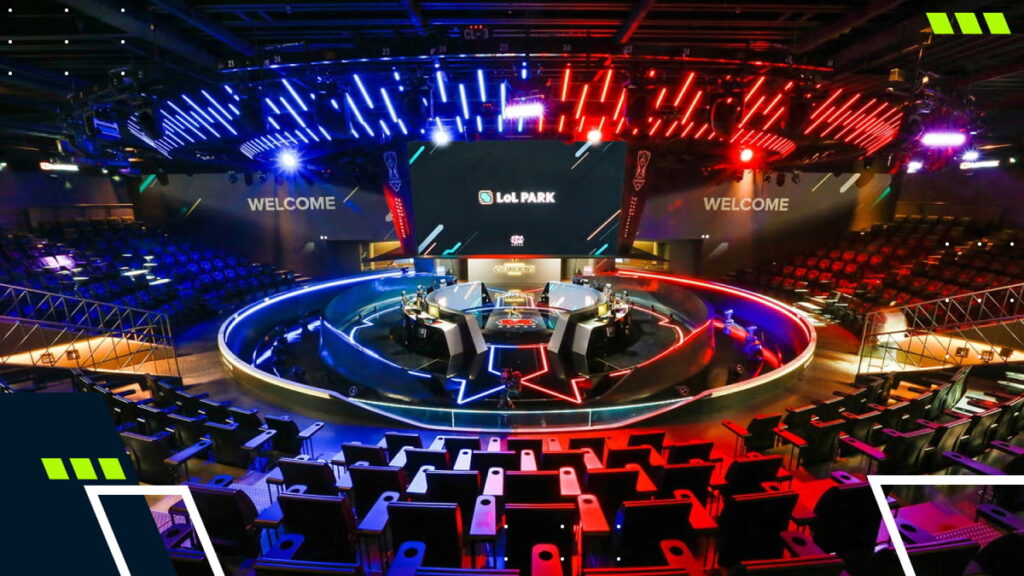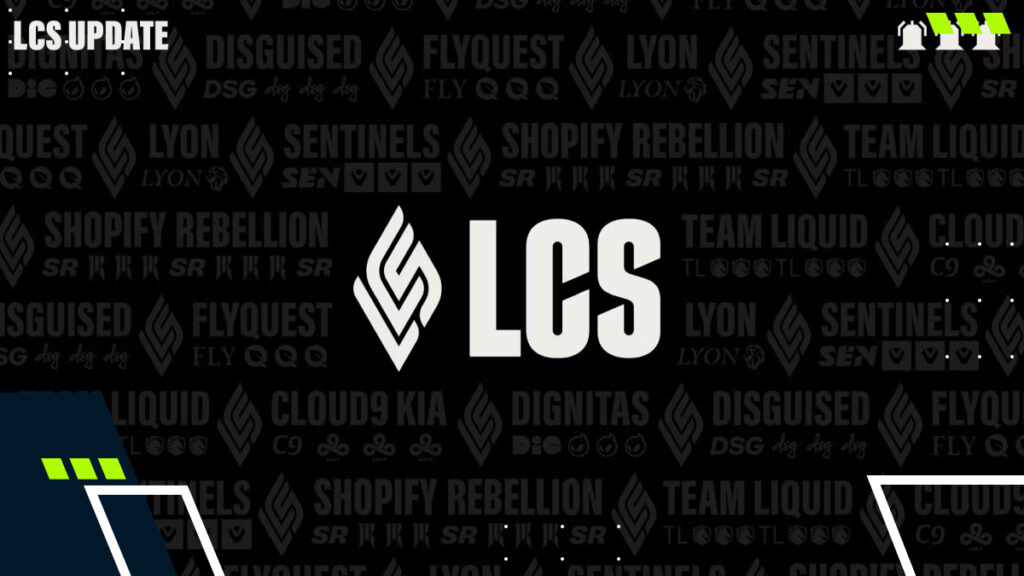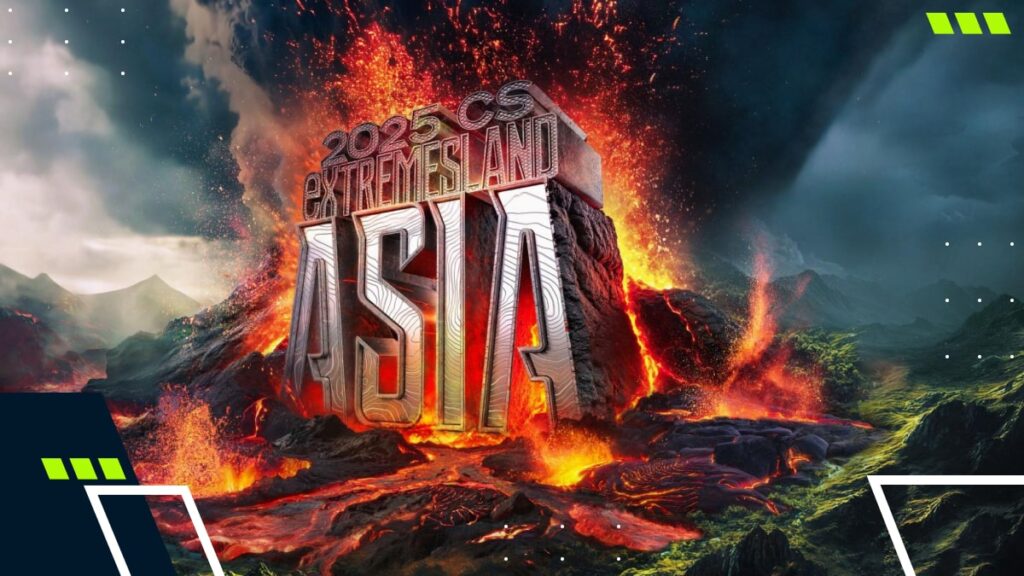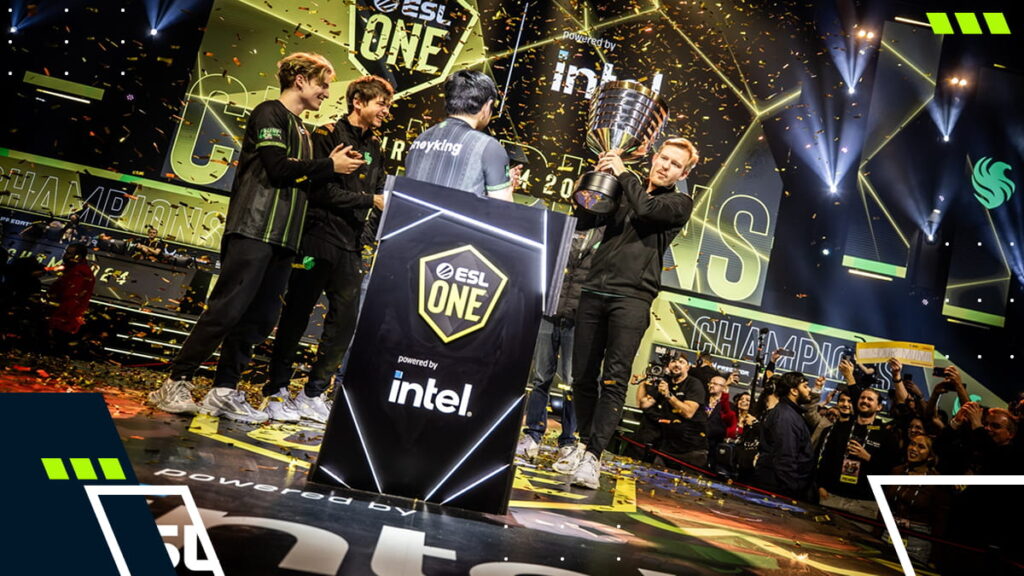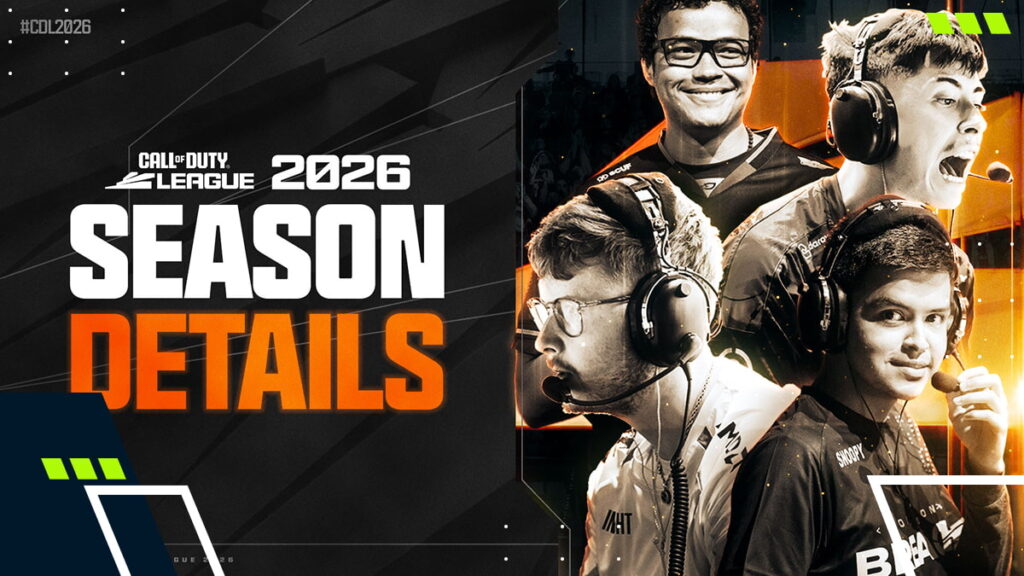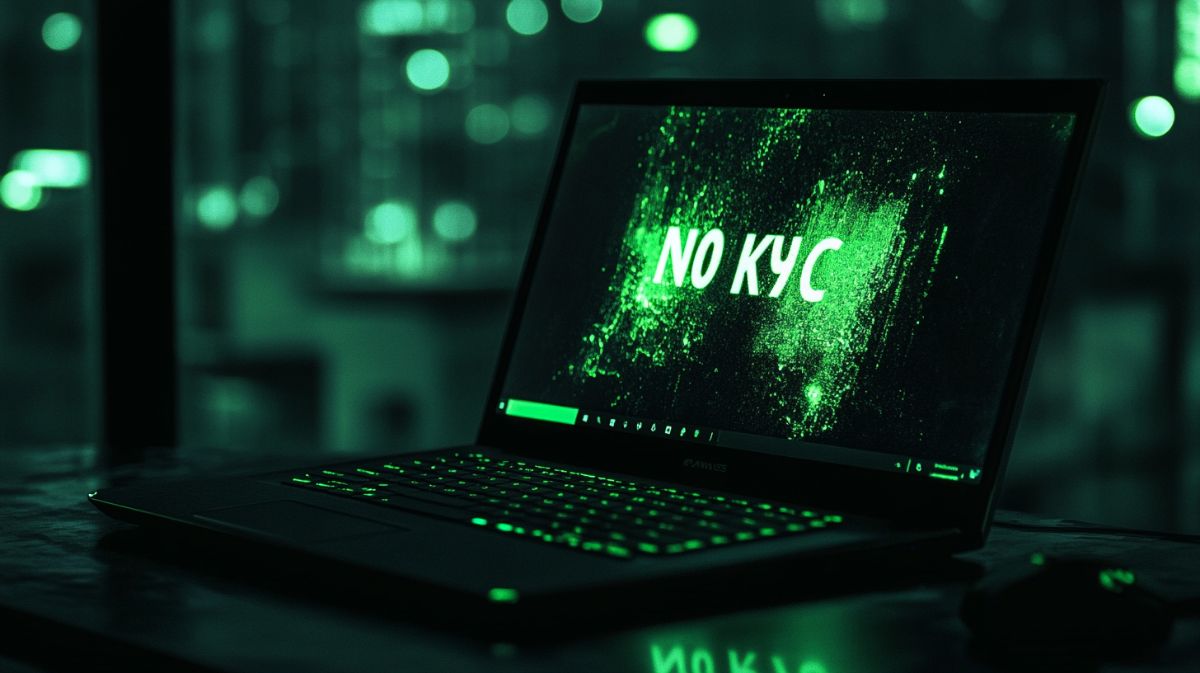VALORANT Esports Five Years Later: How Riot Built Its FPS Empire
VALORANT began as a bold experiment for Riot Games, marking the studio’s first step into the first-person shooter genre after the massive success of its multiplayer online battle arena title, League of Legends. Five years later, the game is very much alive—and at the helm of the esports industry.
Bearing this in mind, now is the perfect time to contemplate the past, present, and future in our VALORANT esports review. In this roundup, we’ll take a look at the highs and the lows of the journey so far, ending with a discussion on what Riot should cook up next.
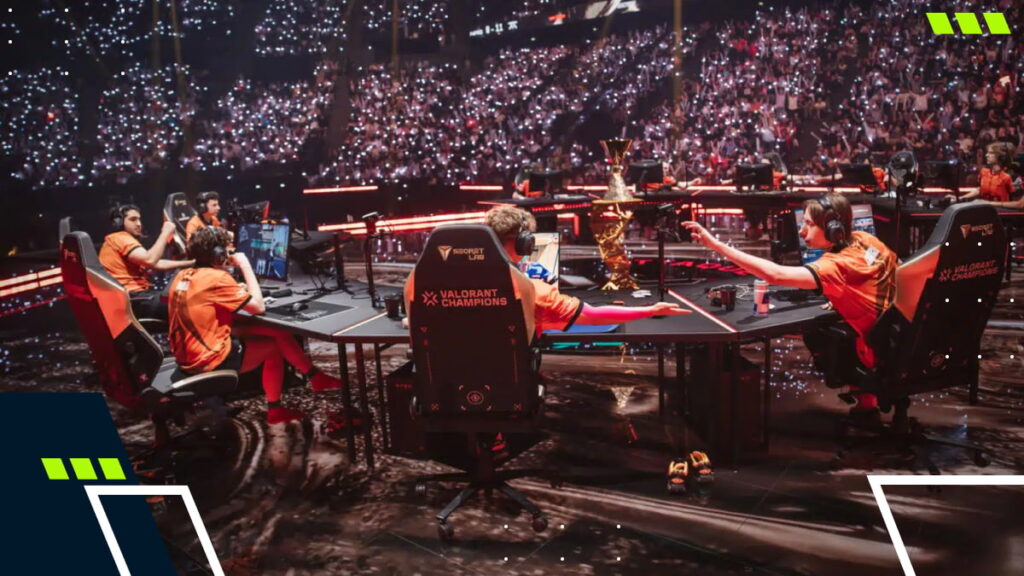
- 1. Born From The Ashes Of Overwatch
- 2. The Early Days Of The “CS Killer”
- 3. VCT - Partnered Leagues Done Right
- 4. The Strengths Of VALORANT Esports
- Global Parity Keeps It Fresh
- Evolving Meta And Balance Changes
- Tier 2 Pipeline And Accountability
- 5. The Weaknesses Of VALORANT Esports
- Map Design & Rotation Fatigue
- System Delays & Missing Features
- Offseason and Collectibles Shortcomings
- 6. The Future of VALORANT Esports
- 7. FAQs
Born From The Ashes Of Overwatch
While VALORANT’s development began behind closed doors in 2014, the game only formally launched six years later in 2020, followed soon after by the VALORANT Champions Tour (VCT). Although the post-pandemic era wasn’t the most fertile ground for esports, other factors were at play.
In particular, the period marked the sharp decline of Overwatch’s esports scene. As Blizzard’s famous hero shooter was stifled by poor support and mismanagement, fans and professional players alike immediately flocked to VALORANT esports’ seemingly greener pastures.
But this wasn’t surprising, considering Riot Games publicly committed to building VALORANT for esports. Under its nurturing hand, the game seemed to strike the perfect balance for players hankering for both tactical depth and hero-based shooting.
The Early Days Of The “CS Killer”
From the outset, VALORANT news sources immediately labeled it the “CS Killer” and constantly drew comparisons to Counter-Strike. Before its arrival, the tactical shooter genre had long been a Valve monopoly—a narrative that lasted until players began to understand their salient differences.
The idea of VALORANT (a newborn esports title) killing the world’s most popular shooter was always rather far-fetched. Yet with every success, from First Strike to some of the earlier VCT Masters tournaments like Reykjavik, headlines were always eager to revive that narrative.
Five years later, the debate about VALORANT being the “CS Killer” has largely faded. Besides the apparent differences that set both titles apart, Riot’s structured esports model is vastly different from Valve’s, which adopts a more open, hands-off philosophy.
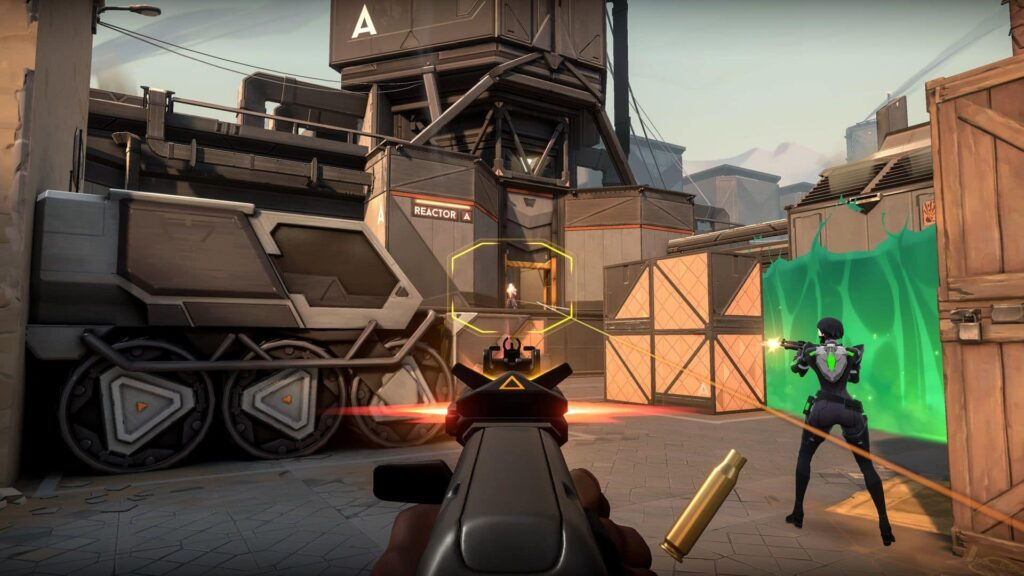
VCT – Partnered Leagues Done Right
Specifically, Riot Games prioritises a first-party esports calendar, with little input from third-party organizers (a stark contrast to Valve’s Counter-Strike). After the early successes of the open-format VALORANT Champions Tour, Riot announced the VCT Partner Leagues system in 2023.
Initially, it was surrounded by panic—and for good reason. By 2023, traditional franchising had proven unsustainable, as exemplified by the Overwatch League and League of Legends. However, Riot had learned its lesson, crafting a smarter partnership system with paid slots, Tier 2 support, and funding.
While teams were evacuating from leagues like the LCS amid declining viewership and sustainability concerns, others were battling fiercely for partner spots across EMEA, the Americas, and the Pacific. Over time, this growing demand would pave the way for China—and even VALORANT betting.
The Strengths Of VALORANT Esports
Global Parity Keeps It Fresh
Speaking of expansions, the distribution of talent and competition is easily one of VALORANT’s best features, which sets it apart from other esports titles. Notably, EDward Gaming’s victory at VALORANT Champions 2024 shocked the community, despite the Chinese region having less experience.
Simply put, every team is a competitor on the global stage. Global watch-parties are also very popular, boosting the game’s worldwide presence and overall engagement. Meanwhile, the VALORANT Game Changers women’s circuit continues to lead the esports industry in promoting diversity and representation.
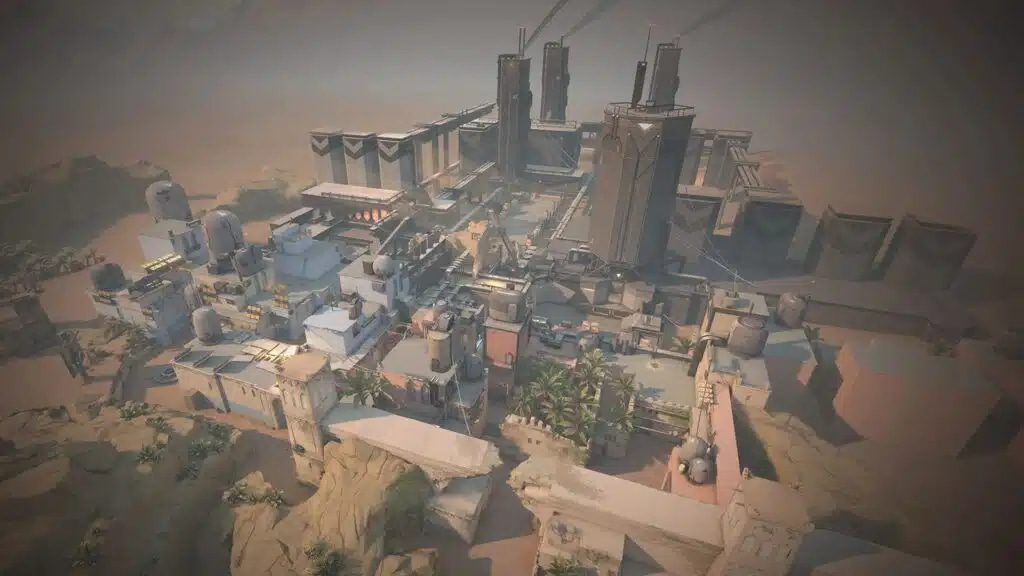
Evolving Meta And Balance Changes
An element contributing to VALORANT’s competitiveness is its constantly changing meta. Riot Games continues to demonstrate a strong commitment to fine-tuning the esports scene, with regular agent and map changes shifting the tides throughout the season.
While these changes can be a mixed bag, they are all intended to innovate and redefine what VALORANT is. Five years later and 29 agents in, Riot’s best asset is the fact that they keep their ear to the ground and regularly assess the pulse of the title through community feedback.
Tier 2 Pipeline And Accountability
VALORANT’s Tier 2 scene offers unmatched incentives, with regional champions earning instant promotion to the respective VCT Partner League. Beyond that, the sheer quality of the talent pool is undeniable—three of the five world champions in 2025 started in Tier 2 the year before.
Indeed, Riot’s promise of quality competition knows no bounds. They set a high bar and have even expelled teams from the VCT Partner Leagues, kicking KOI from VCT EMEA following their poor track record. Partner teams know that Riot Games won’t tolerate wasted slots, especially with how coveted they are.
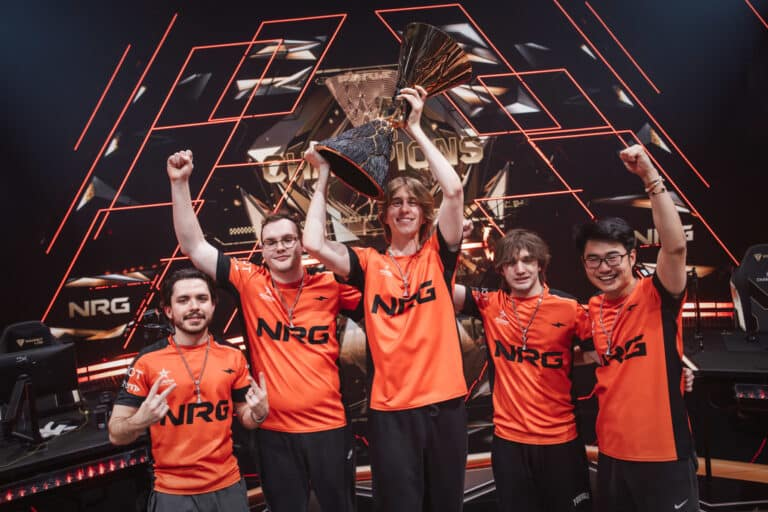
The Weaknesses Of VALORANT Esports
Map Design & Rotation Fatigue
Perhaps one of the most notable weaknesses of VALORANT esports is that the maps have failed to become “iconic,” so to speak. Especially when compared to Counter-Strike 2 and Overwatch, VALORANT’s map design is hard to pinpoint, with a history of some missed opportunities.
For example, Riot has pulled the plug on many competitive maps, such as Breeze and Icebox, that long frustrated players with unchanging strategies and repetitive metas. Even after multiple updates and fixes, the maps remained largely unplayable.
System Delays & Missing Features
Speaking of delayed map changes, Riot has also struggled to innovate with more VALORANT game modes, anti-cheat, and the long-awaited replay system. Sure, they all eventually arrived—albeit months, if not years, later than the community expected.
After four years of begging, a replay system for a competitive title finally launched. Now, fans are calling for new weapons and a long-overdue pick/ban system for both maps and agents in ranked play.
Offseason and Collectibles Shortcomings
At the tail end of 2024, Riot adjusted the competitive schedule to minimize the offseason drought. However, its cautious approach to third-party organizers means offseason VALORANT tournaments still pale in comparison to other esports.
That’s why the community was pleasantly surprised by VALORANT’s inclusion in the Esports World Cup. On a related note, while the game’s collectibles are visually impressive and stylish, their market remains a mere fraction of Counter-Strike’s skin economy.
The Future of VALORANT Esports
As mentioned earlier, Riot Games is at a crossroads for VALORANT esports. In the balance of creating its own niche and borrowing from other esports, here is our wishlist for Riot:
- Fix binned maps, such as Icebox and Breeze, to improve the map pool
- Keep improving the VCT Partner Leagues with possible expansion
- Develop a pick/ban system for agents to improve competition
- Open up Tier 2 and third-party tournament opportunities
All in all, we need to let Riot cook. After 5 years, it’s up to Riot to take risks or play it safe. As of the time of writing, considerable changes to the meta are already being revealed.
FAQs
Is VALORANT still growing as an esports?
Yes. VALORANT esports continues to grow steadily, with strong regional expansion and sustainable leagues. However, its rapid early growth has slowed slightly over the past two years, and viewership now fluctuates between major events.
What is the VCT format?
Each VCT season features regional league play followed by playoff brackets. The top teams advance to three or four international tournaments throughout the year, culminating in the season-ending VALORANT Champions event.
What’s next for VALORANT esports?
Right now, it’s time for Riot to build on VALORANT’s early success, to embrace sustainability while also taking some risks. We look forward to more game changes to keep the game spicy and attract new players.

